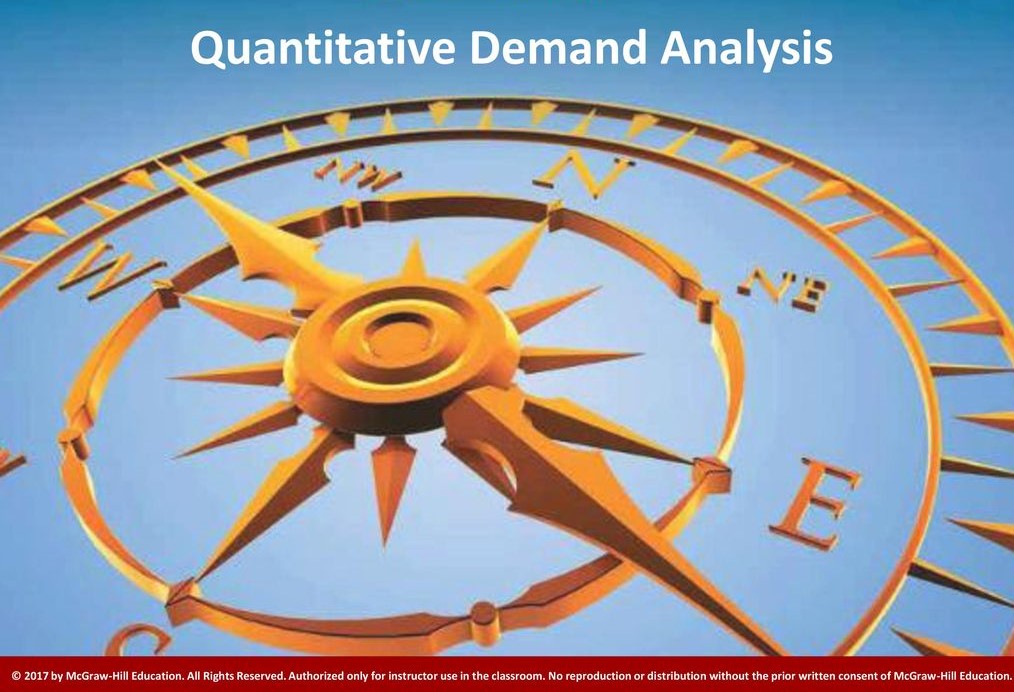Quantitive Demand Analysis

Quantitive Demand Analysis – Problems and Applications
Problem 1:
Revenue at a major Smartphone manufacturer was $2.3 Billion for the nine months ending June, up 85 percent over revenues for the same period last year. Management attributes the revenue to a 108 percent increase in shipments, despite a 21 percent drop in the average blended selling price of its kind of phones. Given this information, is it surprising that the company’s revenue increased when it decreased the average selling price of its phones?
Answer 1:
Total Revenue = Price x Quantity Demanded
Change Total Revenue = %ΔTRs = 85%
Change in Selling Price of Smart phones (S) = %ΔPs = – 21%
Change in Quantity Demanded of Smartphones (S)= %ΔQsd = 108%
Set in formula below:
| %ΔQsd ÷ %ΔPs | = | 108% ÷ – 21% | = 5.14
| %ΔTRs ÷ %ΔPs | = | 85% ÷ – 21%| = 4.05
By the theory Own Price Elasticity of Demand, when | E Qsd, Ps, | > 1, it means the demand is Elastic. Based on the results above we can say that demand for Smart phones is Elastic since 5.14 and 4.05 are both greater than 1.
Given that where the demand is Elastic, a price decrease leads to an increase in total revenue, as the quantity effect outweighs the price effect which means that when price decreases the revenue gained from the more units sold outweighs the revenue lost from the decrease in price. It is therefore not surprising that the companies revenue increased despite the decrease in average selling price of its phones.
Problem 2:
For the first time in two years, Big G (the cereal division of General Mills) raised cereal prices by 4 percent. If, as a result of this price increase, the volume of all cereal sold by Big G dropped by 5 percent, what can you infer about the own price elasticity of demand for Big G cereal? Can you predict whether revenues on sales of its Lucky Charms brand increased or decreased? Explain.
Answer 2:
Change in Price of Cereals (C) = %ΔPc = 4%
Change in Quantity Demanded of Cereals (C) = %ΔQcd = – 5%
| E Qcd, Pc | = | %ΔQcd ÷ %ΔPc |=| – 5% ÷ 4% | = | – 1.25 | = 1.25
By the theory of Own Price Elasticity of Demand, since | E Qcd, Pc | > 1, demand is elastic for the good C (cereals), which means Qcd is highly responsive to changes in Pc.
Since it is elastic in demand, we can predict that a price increase for good C leads to a decrease in its total revenue. Therefore, revenues on sales of Lucky Charms branded cereals are expected to increase.
Problem 3:
If Starbucks marketing department estimates the income elasticity of demand for its coffee to be 2.6, how will the prospect of an economic boom (expected to increase consumer income by 6 percent over the next year) impact the quantity of coffee Starbucks expects to sell?
Answer 3:
Income Elasticity of demand= E Qxd, Mc = %ΔQxd ÷ %ΔM
Set E Qcd, Mc = 2.6 and %ΔM = 6% in the formula above for the income elasticity of demand to obtain
2.6 = %ΔQxd ÷ 6%
%ΔQxd = 2.6x 6%
%ΔQxd = 0.156
Since income elasticity is positive (greater than zero), we know that consumers will increase the amount they spend on coffee when their incomes rise.
Also since E Qxd, Mc > 0, we know that coffee is a Normal Good and when income increases, demand will increase.
Solving this equation for %ΔQxd above yields 0.156. Given that coffee has an income elasticty of 2.6 and consumer income is expected to rise by 6%, Starbucks can expect to sell 15.6% more coffee over the next year.

